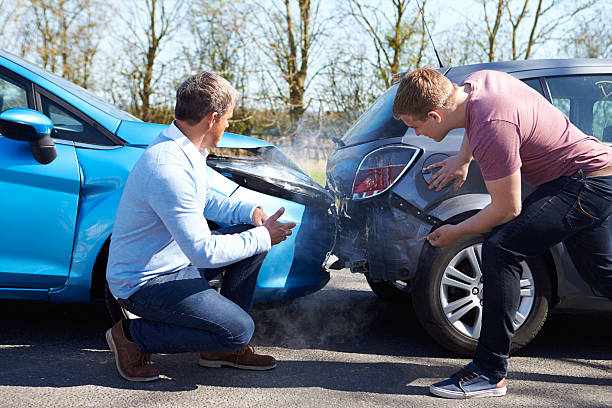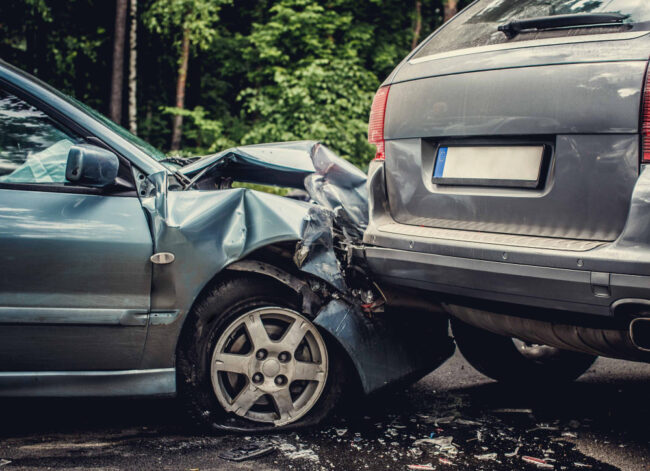When car accidents involve more than two vehicles, the claims process can become complex. Multi-vehicle accidents often lead to complicated questions about fault, liability, and insurance coverage. Understanding how these claims work is essential for anyone involved in such an accident or handling cases related to them. Here’s a breakdown of how car accident claims involving multiple vehicles are processed and what parties involved need to know.
Contents
The Complexity of Multi-Vehicle Accidents
Multi-vehicle collisions, often referred to as “pile-ups,” typically occur on busy roads or highways where cars are traveling at higher speeds. These accidents can result from chain reactions, where one collision sets off a series of subsequent crashes. Due to the involvement of multiple drivers, vehicles, and insurance companies, determining who is at fault is more challenging than in a typical two-car accident.
Determining Fault in Multi-Vehicle Accidents
The first step in processing a car accident claim is determining fault. In multi-vehicle accidents, car accident attorneys explain that this process can be complex due to the number of parties involved and differing accounts of what happened. Here’s how fault is usually determined:
- Police Reports and Eyewitness Accounts: Law enforcement plays a significant role in accident investigations. Officers at the scene will document the accident, interview witnesses, and provide their observations. Their report often includes a preliminary assessment of fault, which can be used by insurance companies when processing claims.
- Eyewitness Accounts: If there are bystanders or other drivers who witnessed the crash, their statements can help establish the sequence of events and identify which driver or drivers may be responsible.
- Accident Reconstruction Experts: For particularly complex multi-vehicle accidents, insurance companies or legal teams may hire accident reconstruction experts. These professionals use evidence from the scene, vehicle damage, skid marks, and other data to create a detailed analysis of how the accident occurred. Their input can help piece together which driver’s actions may have set off the chain reaction.
How Insurance Companies Handle Multi-Vehicle Claims
When multiple parties are involved, each driver’s insurance company will conduct its investigation. These companies will review the police report, interview drivers and witnesses, and assess any available surveillance footage from traffic or nearby cameras.
- Comparative and Contributory Negligence: Depending on the state where the accident occurred, comparative or contributory negligence laws will apply. In states that use comparative negligence, each driver’s level of fault is assessed as a percentage. For instance, if one driver is found to be 70% at fault and another 30%, their compensation may be reduced according to their share of the blame. On the other hand, in contributory negligence states, a driver who is even partially at fault (as little as 1%) may be barred from recovering any compensation.
- Shared Fault and Split Liability: It is not uncommon for more than one driver to share fault in a multi-vehicle accident. When this happens, insurance adjusters and legal teams will negotiate how liability is distributed among the involved parties. For example, if a rear-end collision pushes a car into another vehicle, the initial driver may be primarily at fault, but other drivers could share responsibility based on their reactions or contributions to the incident.
Filing a Claim in a Multi-Vehicle Accident
If you are involved in a multi-vehicle accident, the process for filing a claim generally follows these steps:
- Report the Accident to Your Insurance Company: Notify your insurance company as soon as possible after the accident. Provide them with detailed information, including the police report, photos of the accident scene, and contact information for witnesses and other drivers involved.
- Contact an Attorney if Necessary: Given the complexity of multi-vehicle accidents, involving a lawyer can be beneficial. An experienced attorney can help you navigate the claims process, negotiate with insurance companies, and protect your interests, especially if fault is disputed in the car accident claim.
- Cooperate with the Investigation: You will need to cooperate fully with your insurance company’s investigation and possibly with other parties’ insurers. Be honest and thorough in your account, and provide any documentation they request, such as medical records or repair estimates.
- Keep Detailed Records: Maintaining organized records of your medical treatment, car repairs, and communication with insurance companies and other parties involved in the accident is essential. This documentation will support your claim and help demonstrate your losses.
Resolving Multi-Vehicle Accident Claims
Settlement negotiations in multi-vehicle accident cases can be more protracted than those involving only two cars. Insurance companies may dispute the level of liability assigned to their policyholders, leading to delays. In some cases, if an agreement cannot be reached, the claim may escalate to a lawsuit where a court will decide on liability and damages.
Multi-vehicle car accident claims can be intricate and require careful handling. With numerous parties involved, determining fault and negotiating claims is a more complex process than standard two-car accidents. Understanding the basics of how these claims work, knowing your state’s negligence laws, and working with a qualified attorney when needed can help protect your rights and improve the chances of a fair resolution.
If you find yourself involved in such an accident, remember that patience and thorough documentation are key to navigating this challenging situation.




